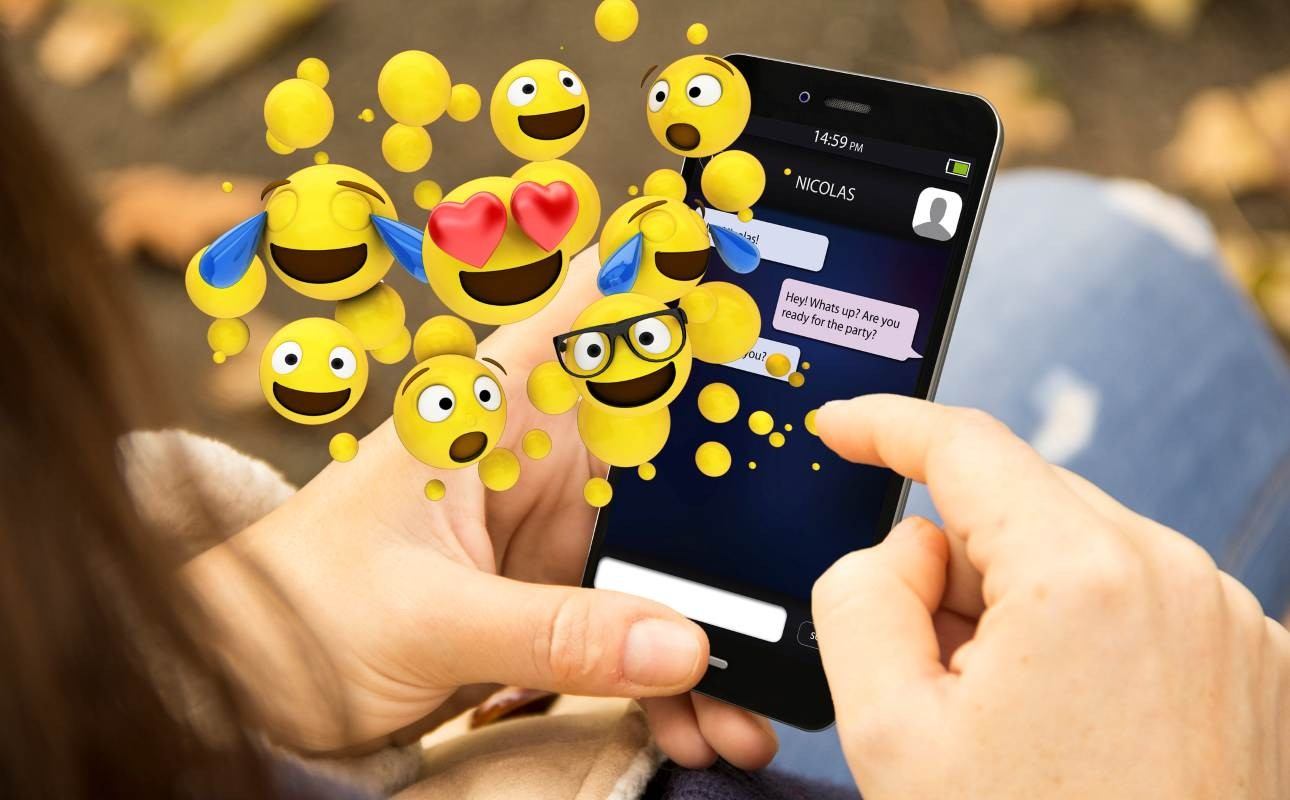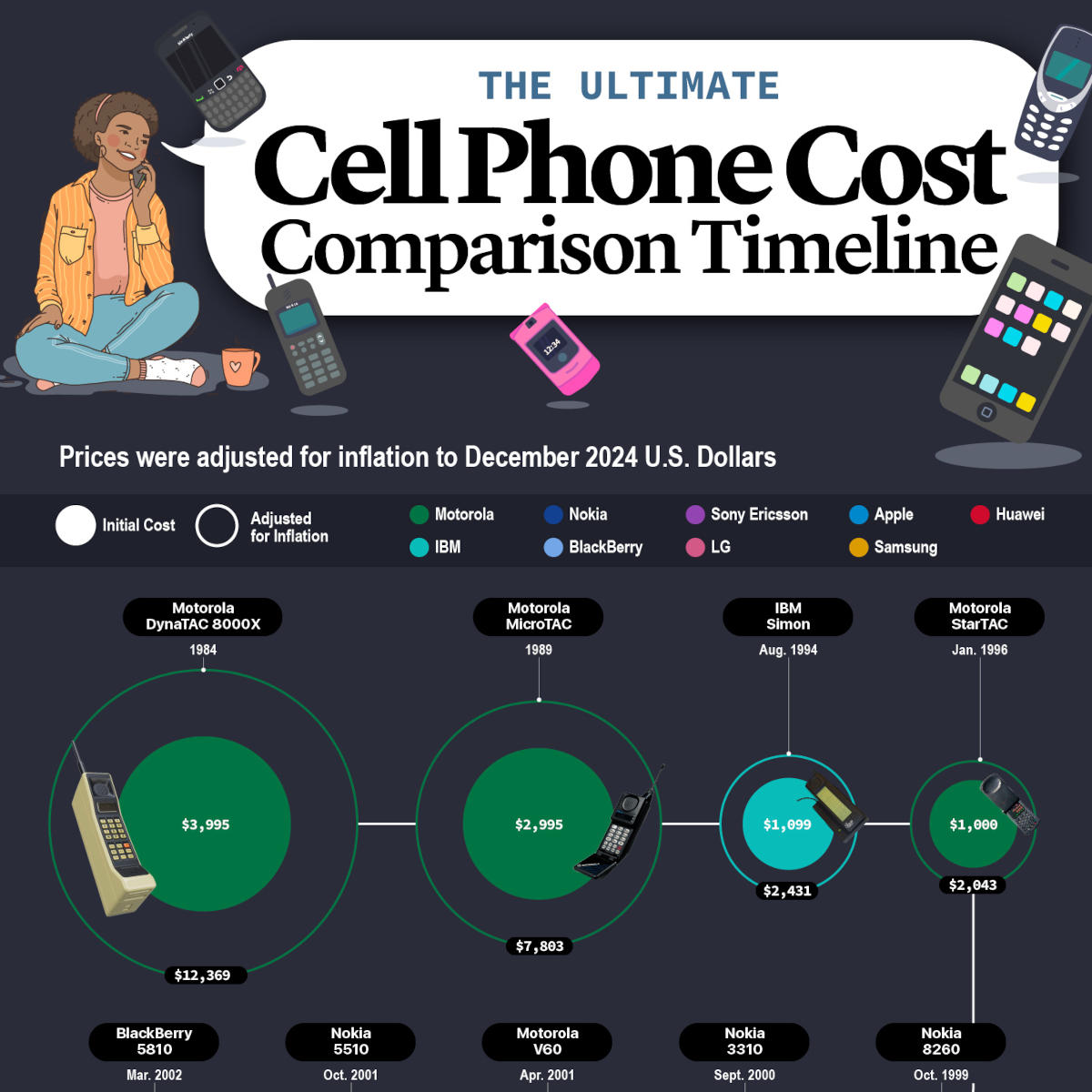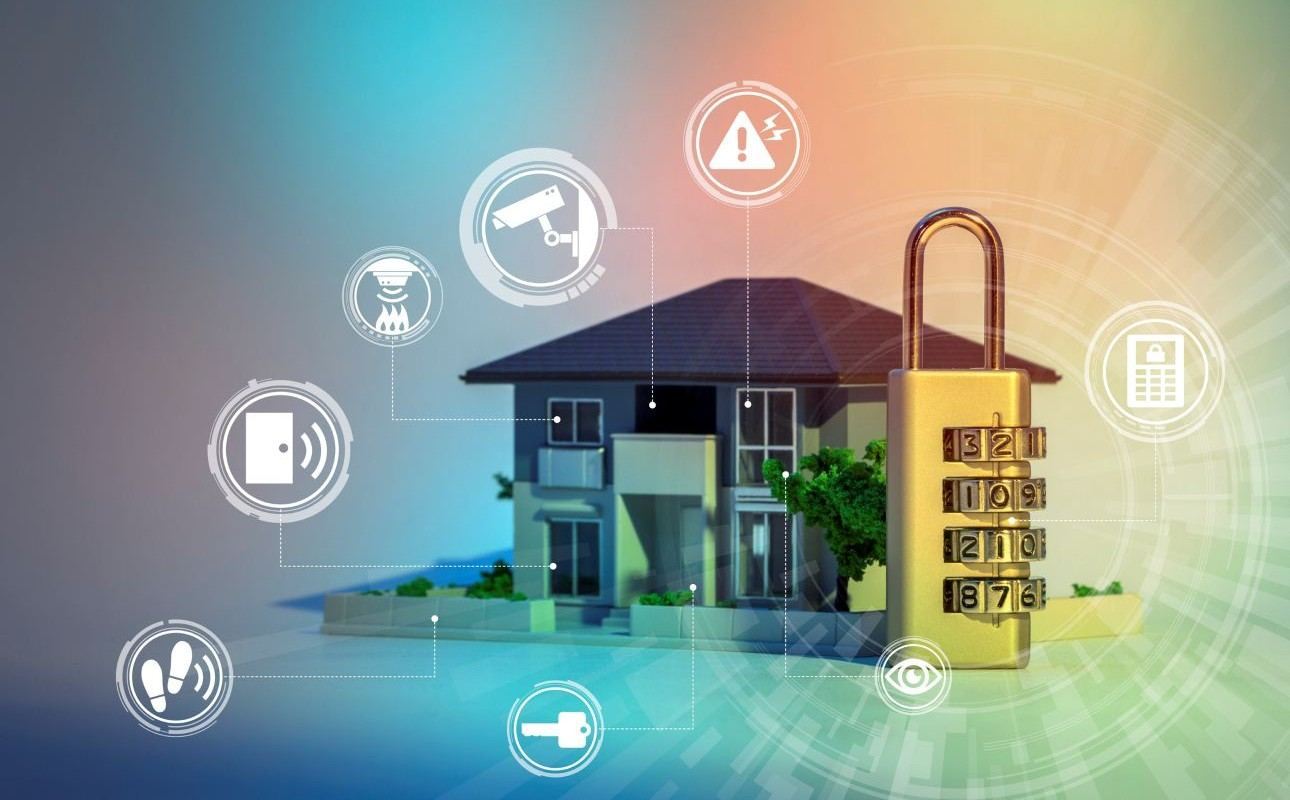Interpreting emojis and text abbreviations in messages from your kids and grandkids
Key Points
New emojis, text acronyms and slang terms emerge frequently, making it a challenge to keep up. This guide provides insight and explanations for today's common ones, like:
- Emojis: 😂 (laughter), 👍 (agreement) and 👀 (shock)
- Text acronyms: alr (alright), ate (an impressive accomplishment) and bruh (bro)
- Slang terms: bussin (appreciation), cheugy (awkward or uncool) and rizz (to exude chaRISma)

Have you ever tried texting with your kid or grandchild and felt like they’re speaking a different language? They are! Communication has changed so much in recent years that if you feel like you need a translator just to understand what they’re texting you, you are not alone. They’re likely using emojis or text abbreviations—something all the “cool kids” know about. If you want to keep communicating with them without some major eye rolls, you best get on board.
Before searching for all the emoji meanings, let us help you. We’ve compiled a list of popular emojis and their meanings, along with text abbreviations you’ll likely see when messaging with the younger crowd. Take a look!
What do emojis mean?
Emojis are those small digital images and icons used in informal text messages and messaging apps to express emotions and ideas. They date back as far as 1999, when Shigetaka Kurita created them for Japan’s popular mobile carrier. With the evolution of tech used for texting, they took off worldwide at such a rapid pace that everyone wanted to use them.
Today, they are recognized and standardized across the world’s operating systems. In 2015, the Face with Tears of Joy emoji 😂, became the Oxford Dictionary’s Word of the Year, and there’s even a World Emoji Day (July 17 ). In September 2024, Unicode 16.0 was approved, adding eight new emojis, bringing the total number of emojis in use to more than 3,700.
Who uses them?
Originally, emojis were used to communicate informally in text messages and messaging apps. Now, they’re showing up in business communications and have even appeared in a 2014 White House economic report. A December 2023 survey of adults showed that 34 percent of 18-29 year olds use emojis multiple times a day, whereas 43 percent of those 65 and older admitted they rarely or never use emojis, according to Statista. We can only guess that the generational divide would be even deeper if the survey included those under 18. But regardless of your emoji use, one thing is clear. Despite your best efforts to teach kids phone etiquette, if you want to communicate with the younger generations, you need to learn emoji definitions.
Emojis all the cool kids use
The goalpost on learning how to interpret emojis, which ones to use, and when, is constantly moving. Heart emoji meanings can vary depending on its color and the age of the user. For example, Millennials, born from 1981-1996, tend to use ❤️ and 👍 literally, while Gen Z, born from 1997-2012, use them to be sarcastic.
So, how the heck do you know what emojis mean? The best advice is to know your audience or consult emojipedia.org. And while it might age you, you can always ask your kids or grandkids what they mean by a certain emoji.
Here are some current popular emojis to start understanding emojis and emoji face meanings:
| Emoji | Traditional | Alternative |
|---|---|---|
| ❤️ | love, affection, romance | used sarcastically |
| 🖤 | usually love, affection, but can show sorrow, morbidity or dark humor | |
| 💀 | danger and death | so funny they’re dying |
| 😭 | intense emotions like sadness or grief | very cute |
| 😂 | joy and laughing uncontrollably | |
| 👍 | agreement and acceptance | used sarcastically |
| 🙏 | spirituality, hopefulness and gratitude | |
| 🥺 | being overcome with sadness, gratitude or admiration | |
| 😍 | enthusiastic love, adoration or infatuation with someone or something | |
| 👀 | suspense, drama, tension | |
| 👁️👄👁️ | it is what it is | shock |
| 😱 | shock |
Sensitive emojis to be on the lookout for
If you’re a parent and monitor your child’s phone (highly recommended), you might come across emojis that are not meant for your eyes, but you should know what they mean. If you see your kids using the following emojis, it’s worth investigating further: 🍆 🍑 🥵🚛 🔨 are often used in a sexual context, while 🤑 🔌 🌨️🔵🅿️🍌 🍫 🚌 can indicate substance use.
A word to the wise—you’re the parent and likely pay for the phone. You have every right to know what they’re texting about and to whom. Stay vigilant and monitor their messages on all devices.
Why use text acronyms?
Like emoji meanings, text acronyms and slang can be hard to figure out. You’re probably wondering why anyone bothers with text acronyms. The short answer is because they save time, text space and, especially for your kids—typing effort. Kids also seem to feel cool using popular slang terms. Like emojis, text abbreviations and acronyms are used in informal communications via texting and messaging apps.
Common text acronyms and abbreviations in 2024
You never know what you’ll get when you open a text from your preteen or teen. Instead of showing your age and asking your kid, “What does this mean?,” check out our list to help you decipher some currently common text abbreviations and slang terms.
- aita: Am I the a..hole?
- alr: alright
- ate: an impressive accomplishment or a way to give props to something someone did
- bet: OK—short for you bet
- bruh: bro, but it can be used to address any gender
- bussin: appreciation for something
- cap or 🧢: lying
- cheugy: a new term from cringy, which means awkward or uncool
- cook/cooking: to be winning or doing something great, succeeding
- cooked: exhausted, done for, defeated; sometimes also means to be in trouble
- facts: acknowledging that a statement is true
- fr: for real, acknowledging the truth
- idk: I don’t know
- kk: OK
- mid: average or low quality
- omw: on my way
- rizz: to exude charisma or charm (Oxford Dictionary’s Word of the Year in 2023)
- slaps: when something is awesome
- sus: suspicious
- tbh: to be honest
- trust: to indicate you’re speaking the truth
- yeet: a very strong yes
Sometimes, text abbreviations start as a fad but make so much sense and hang around so long that they become permanent abbreviations. The following are examples that are here to stay:
- brb: be right back
- btw: by the way
- fomo: fear of missing out
- irl: in real life
- iykyk: if you know, you know
- jk: just kidding
- lol: laugh out loud
- smh: shaking my head
- wtf: what the f…?
- yolo: you only live once
Keeping up with the trends
Be aware that while our list is current today, it might not be next year, next month or even tomorrow. New text acronyms, abbreviations and slang terms emerge all the time. Emojis change less frequently mostly because they must get approval from the Unicode. But in general, to keep up with the kids, you must stay vigilant in your research when you don’t understand something they text to you or that you come across when checking their devices.
When you want to give your fingers a rest, remember there’s always old-school voice communications. Ooma can help you talk with your kids and grandkids through crystal-clear calling and easy-to-set-up home phone service.



